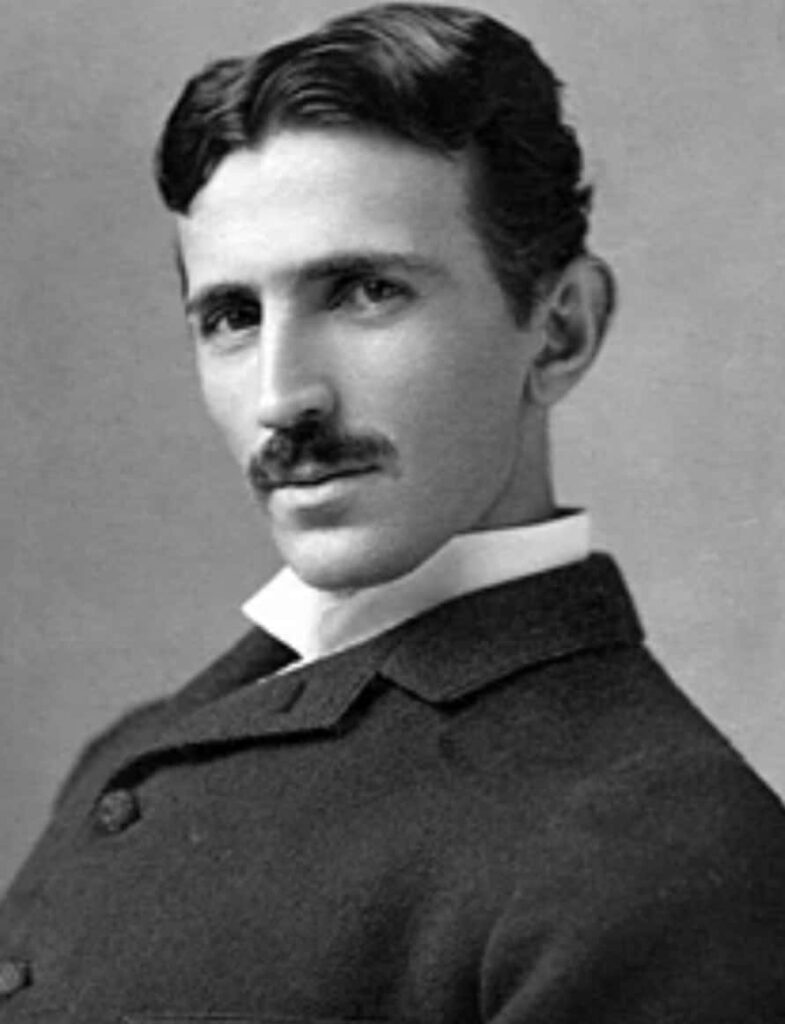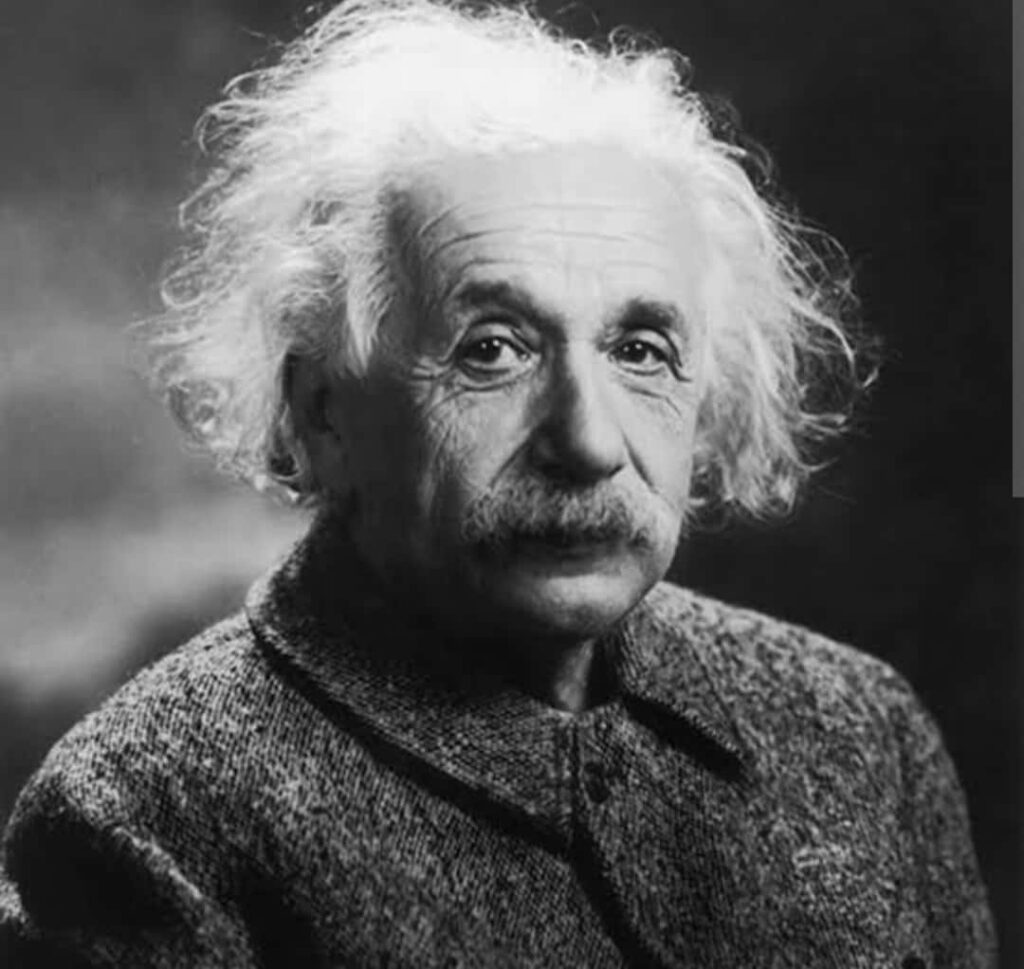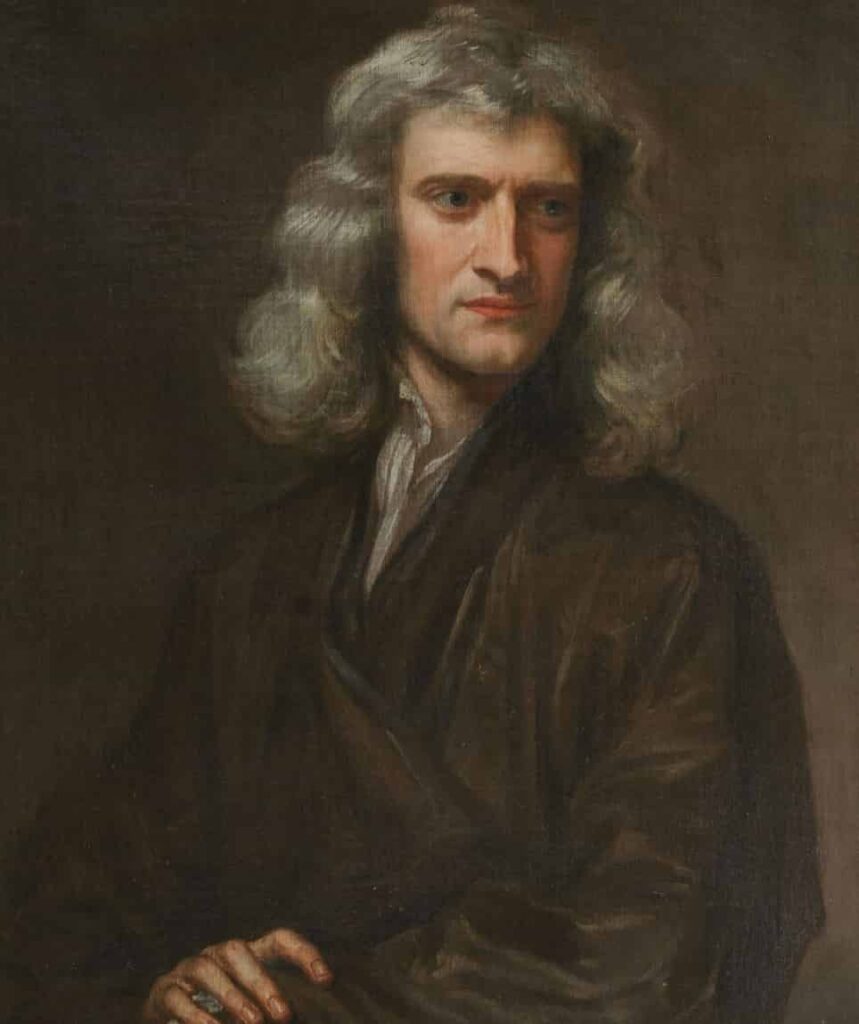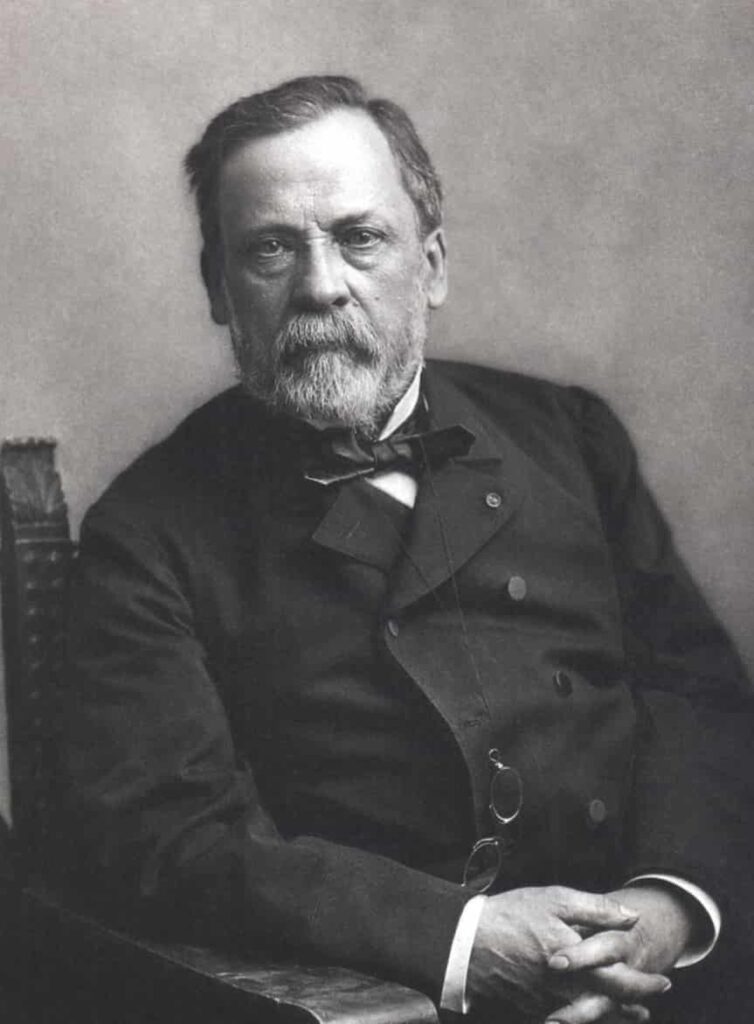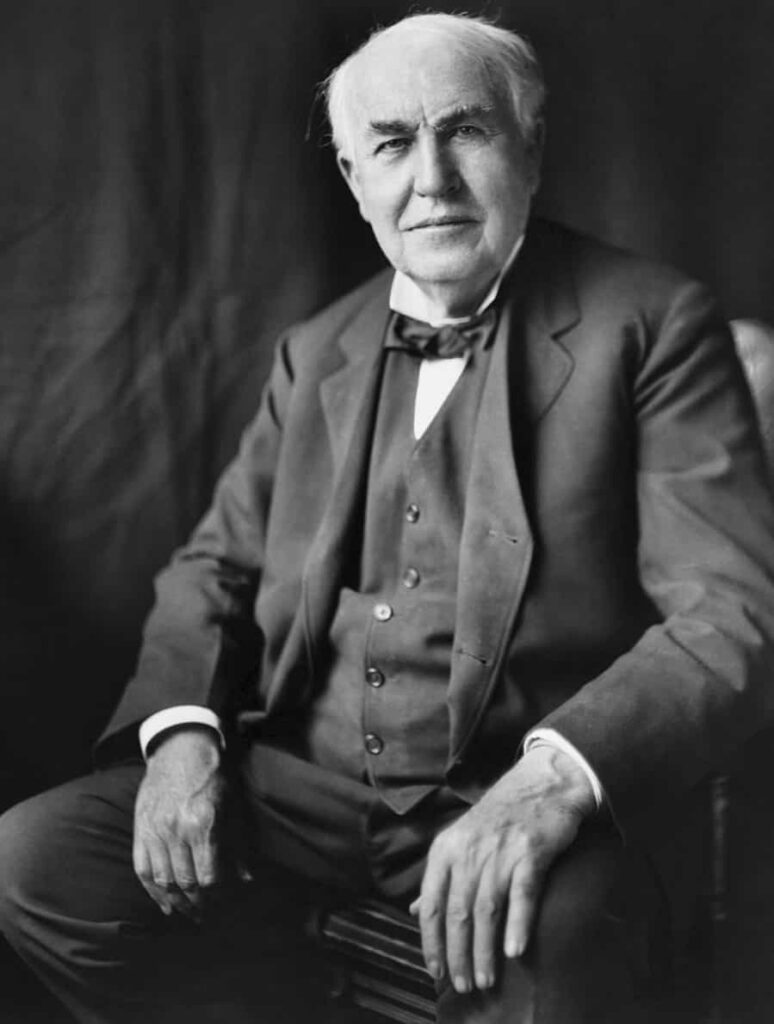1. Nikola Tesla
Nikola Tesla was a Serbian-American inventor, mechanical engineer, electrical engineer, and futurist best known for his contributions to the design of the modern alternating current (AC) electricity supply system. In the 1870s, he studied engineering and physics. He has worked at the Edison Machine Works in New York City for a short period of time. In 1888, his alternating current (AC) induction motor and related polyphase AC patents, were licensed by Westinghouse Electric.
The money Tesla made from licensing his AC patents made him independent to work properly on his skills. Later he experimented with transmitting power by inductive and capacitive coupling using high AC voltages generated with his Tesla coil. On 30 July 1891, Tesla became a naturalized citizen of the United States. In the same year, he patented his Tesla coil. He served as a vice president of the American Institute of Electrical Engineers from 1892 to 1894. In 1893, he made pronouncements on the possibility of wireless communication with his devices. Tesla was honored with the “Elliott Cresson Medal”. In 1932, Tesla claimed that he has invented a motor that would run on cosmic rays. On 7 January 1943, Tesla died in Room 3327 of the Hotel New Yorker. The ashes are displayed in a gold-plated sphere on a marble pedestal in the Nikola Tesla Museum.
2. Albert Einstein
Albert Einstein was a German-born theoretical physicist widely acknowledged to be one of the greatest and most influential physicists of all time. In 1905, he was awarded a Ph.D. by the University of Zurich. Einstein is best known for developing the theory of relativity, but he also made important contributions to the development of the theory of quantum mechanics.
Relativity and quantum mechanics are the two pillars of modern physics. In 1916, Einstein was elected president of the German Physical Society. He became director of the Kaiser Wilhelm Institute for Physics (1917). His mass-energy equivalence formula E = mc2, which arises from relativity theory, has been known as the world’s most famous equation. In 1921, he received the Nobel Prize in Physics for his services to theoretical physics and his discovery of the law of the photoelectric effect a pivotal step in the development of quantum theory. He published hundreds of books and articles throughout his life. He has worked with many popular scientists on projects like Bose-Einstein statistics and the Einstein refrigerator. In 1935, he collaborated with Nathan Rosen to produce a model of a wormhole, often called the Einstein–Rosen bridge. Einsteinium one of the synthetic elements in the periodic table was named in his honor.
3. Isaac Newton
Sir Isaac Newton was an English mathematician, physicist, astronomer, alchemist, theologian, and author widely recognized as one of the greatest mathematicians and physicists and among the most influential scientists of all time. He made seminal contributions to optics and shares credit with German mathematician Gottfried Wilhelm Leibniz for developing the infinitesimal calculus.
Newton used his mathematical description of gravity to derive Kepler’s laws of planetary motion, account for tides, the trajectories of comets, the precession of the equinoxes, and other phenomena, eradicating doubt about the Solar System’s heliocentricity. In addition to his work on calculus, as a mathematician, Newton contributed to the study of power series, generalized the binomial theorem to non-integer exponents, developed a method for approximating the roots of a function, and classified most of the cubic plane curves. Newton built the first practical reflecting telescope and developed a sophisticated theory of color based on the observation that a prism separates white light into the colors of the visible spectrum. He was elected a Fellow of the Royal Society (FRS) in 1672. The mathematician Joseph-Louis Lagrange said that Newton was the greatest genius who ever lived. The SI-derived unit of force is named newton in his honor. A statue of Isaac Newton, looking at an apple at his feet, can be seen at the Oxford University Museum of Natural History.
4. Louis Pasteur
Louis Pasteur was a French chemist and microbiologist renowned for his discoveries of the principles of vaccination, microbial fermentation, and pasteurization. His research in chemistry led to remarkable breakthroughs in the understanding of the causes and prevention of diseases. His works are credited with saving millions of lives through the development of vaccines for rabies and anthrax.
Pasteur has been regarded as one of the founders of modern bacteriology and has been honored as the father of bacteriology and microbiology. Apart from that he was regarded as one of the fathers of the germ theory of diseases. He was the director of the Pasteur Institute, established in 1887. Pasteur produced the first vaccine for rabies by growing the virus in rabbits and then weakening it by drying the affected nerve tissue. Because of his study of germs, Pasteur encouraged doctors to sanitize their hands and equipment before surgery. In 1882, he received the Albert Medal from the Royal Society of Arts. Later he became a foreign member of the Royal Netherlands Academy of Arts and Sciences. A statue of Pasteur is built at San Rafael High School in San Rafael, California.
5. Thomas Edison
Thomas Alva Edison was an American inventor and businessman. He has developed many devices like electric power generation, mass communication, sound recording, and motion pictures. Edison established the first industrial research laboratory. He was one of the first inventors to apply the principles of organized science and teamwork. He has worked as a telegraph operator.
In 1876, he established his first laboratory facility in Menlo Park, New Jersey. Later he established a botanical laboratory in Fort Myers, Florida, in collaboration with the popular businessman “Henry Ford”. He is credited for designing the first commercially available fluoroscope, a machine that uses X-rays to take radiographs. Several places have been named after Edison, most notably the town of Edison, New Jersey, Thomas Edison State University, and Thomas A. Edison Middle School. There are three bridges in the United States that have been named in Edison’s honor Edison Bridge in New Jersey, the Edison Bridge in Florida, and the Edison Bridge in Ohio. In 2016, a bronze statue of Edison was placed in the National Statuary Hall Collection at the United States Capitol. Edison’s last breath is reportedly contained in a test tube at The Henry Ford museum near Detroit.
